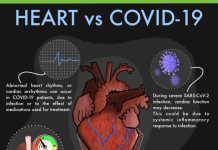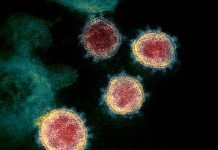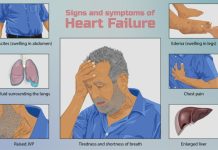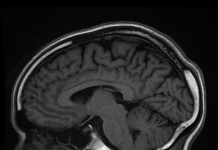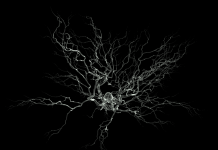Researchers have created 2-dimensional mineral nanoparticles to deliver treatment in the body for cartilage regeneration
Osteoarthritis is a degenerative disease which affects 630 million people worldwide which is almost 15 percent of the entire population on the planet. In osteoarthritis, cartilage in our bone starts breaking down and this can damage the underlying bone causing pain and stiffness, especially in knee, hip and thumb joints. The incidence of this condition increases as we age. Treatments for osteoarthritis include medications, physiotherapy, occupational therapy targeted mainly to relieve pain symptoms. To treat this condition entirely, damaged joint tissues need to be repaired. This repair is complicated and challenging as cartilage tissue in the bone is difficult to regenerate. As the world’s population is ageing, new effective treatments for osteoarthritis are immediately needed.
Growth factors protein
A possible treatment of osteoarthritis involves design and delivery of protein therapeutics i.e. proteins engineered in laboratory for therapeutic use. Protein therapeutics have had a major impact on many diseases in recent decades. One such class of proteins is called growth factors which are soluble secreted proteins. Our body is capable of self-healing and this process can be enhanced by artificial application of growth factors to improve processes involved in self-healing. However, most of the known growth factors break down rapidly and thus very high dosage is needed to achieve a therapeutic effect. Studies have shown adverse effects of high dosage like inflammation and uncontrolled tissue formation. The application of growth factors is also very limited mainly due to lack of efficient delivery systems or biomaterial carriers. Growth factors along with efficient biomaterial delivery systems are critical in regenerative medicine involving tissue repair and regeneration.
A new treatment for osteoarthritis based upon nanosilicates
Researchers at Texas A&M University, USA aimed to develop a novel treatment for cartilage regeneration by designing two-dimensional (2D) mineral nanoparticles which could be used to deliver growth factors. These nanoparticles (or nanosilicates) possess two key characteristics – high surface area and dual charge – which allow easier attachment of growth factors. Nanosilicates show higher binding efficacy to growth factors without affecting the protein’s 3D conformation or its biological function. They allow longer sustained delivery (more than 30 days) of growth factors to human mesenchymal stem cells which are then used in regeneration of cartilage by inducing enhanced differentiation of stem cells towards cartilage. Enhanced differentiation confirms high activity of the released protein and that also at 10-fold lower concentration compared to current therapies which use much higher dose.
This study published in ACS Applied Materials & Interfaces shows a nanoengineered system – a nanoclay-based platform in which nanosilicates can be used as a delivery vehicle to enable sustained delivery of protein therapeutics for treating osteoarthritis. Such a biomaterial-based delivery system could ensure efficient treatment of osteoarthritis by reducing overall costs and minimizing negative side effects. This novel platform of delivery can boost current orthopaedic regeneration strategies and make an impact on regenerative medicine.
***
{You may read the original research paper by clicking the DOI link given below in the list of cited source(s)}
Source(s)
Cross LM et al 2019. Sustained and Prolonged Delivery of Protein Therapeutics from Two-Dimensional Nanosilicates. ACS Applied Materials & Interfaces. 11. https://doi.org/10.1021/acsami.8b17733






